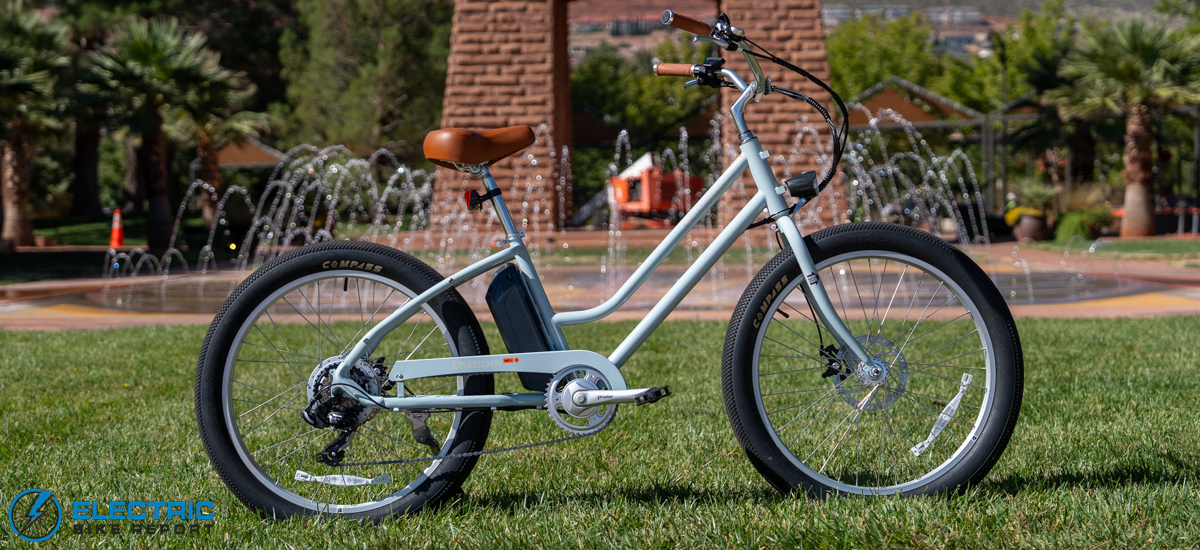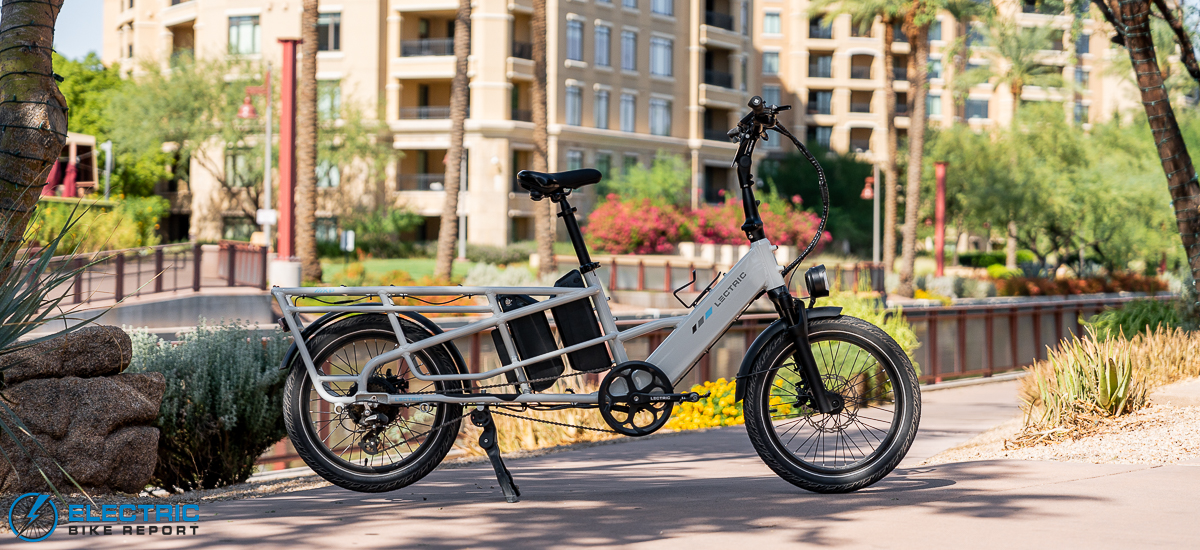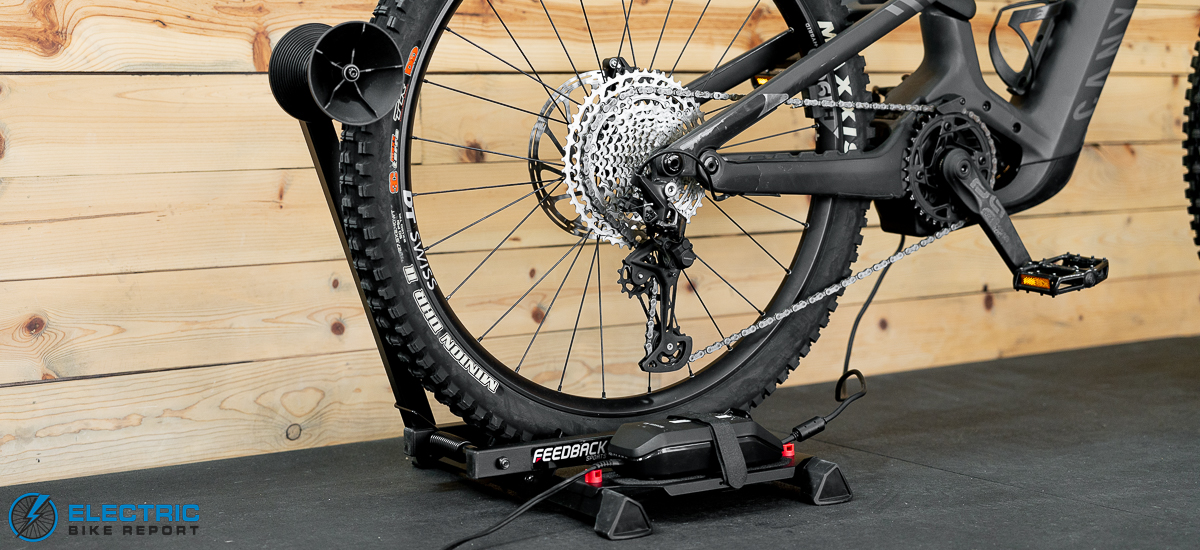

The world of mountain biking has been trying to make rear suspension work more selectively since … ever. There’s been Specialized’s Brain, Fox’s electronic system Live Valve and RockShox’s Flight Attendant, and now Shimano has filed a patent to use AI to control rear suspension.
While hysterical doomsayers worry about Skynet, companies are increasingly using AI as a tool to help execute tasks that computer systems have struggled to judge correctly. Patent 11866114 B2, filed in the U.S., is a system that is meant to control rear suspension performance, as well as dropper post behavior, automatically raising and lowering the saddle, depending on the rider’s needs.
The suspension control system depends on a host of sensors that monitor speed, cadence, torque, acceleration, tire pressure and braking. It also monitors the bike’s 3D position in space, checking yaw, roll and pitch. Accelerometers check suspension input as well. Perhaps the most surprising input for the system is a voice-recognition module.
That data is then evaluated by a control unit that adjusts spring rate, stroke length, lock-out and damper adjustment for suspension and seat position with the seatpost.
According to Shimano’s filing, a rider can turn the machine-learning mode on and off at will, giving them the opportunity to ride a lap of a course in learning mode and then allow the system to use that information to make adjustments suitable to the local terrain on the fly. They can then turn off the learning mode and will enjoy a suspension setup dialed to riding in that location.
What’s interesting about this filing is that Shimano doesn’t currently produce suspension components. There are three obvious strategies that they could be pursuing. The first is that a company that started out making bike parts, but expanded into shoes, eyewear and apparel may intend to begin producing suspension forks and rear shocks. The second is that they plan to license the technology to manufacturers like Fox or RockShox. The third possibility is that they are simply carving out a technology to prevent another company from developing it. While engineers at other companies devote enormous effort to avoid Shimano’s patents, this last option seems unlikely if only for the fact that it isn’t being developed to protect existing Shimano technology.
We look forward to learning more.






